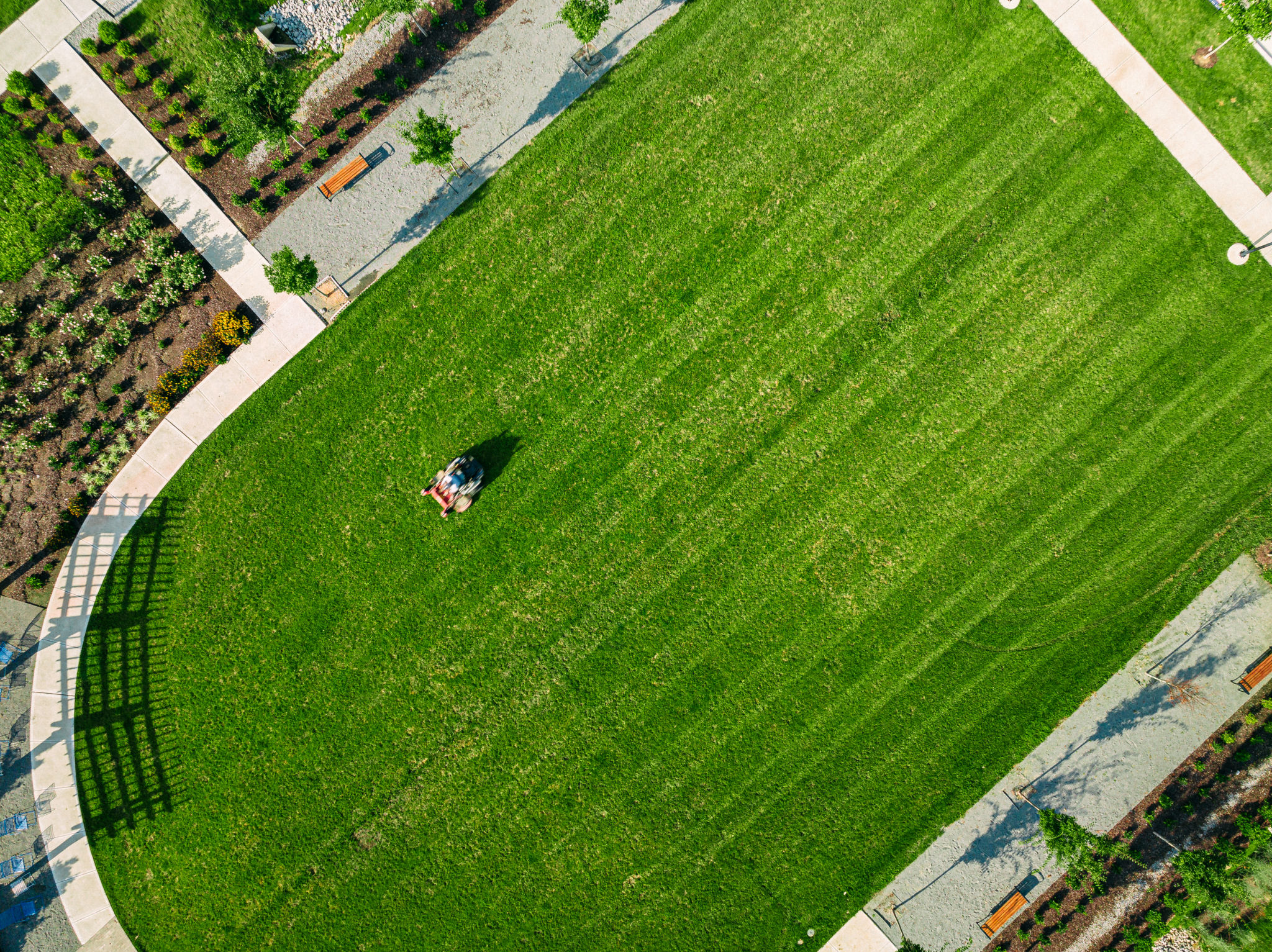DIY Landscaping Tips: How to Maintain a Beautiful Lawn Year-Round
MP
Introduction to DIY Landscaping
Creating and maintaining a beautiful lawn doesn't need to be a daunting task. With a few practical tips and a bit of dedication, you can transform your outdoor space into a lush, inviting sanctuary. Whether you're a seasoned gardener or a beginner, these DIY landscaping tips will help you maintain a vibrant lawn year-round.
The Importance of Regular Lawn Maintenance
One of the most critical aspects of maintaining a beautiful lawn is consistent care. Regular mowing, watering, and fertilizing are essential to keep your grass healthy and thriving. It's important to establish a routine tailored to the specific needs of your lawn. Proper maintenance not only enhances the aesthetic appeal of your yard but also contributes to the overall health of the plants.

Effective Mowing Techniques
Mowing is more than just cutting grass; it's about timing and technique. Ensure your mower blades are sharp to avoid tearing the grass, which can lead to disease. Aim to cut no more than one-third of the grass blade at a time, and adjust the height based on the season. During hotter months, keep the grass slightly taller to provide shade for the roots and soil.
Watering Wisely
Watering is crucial, but overwatering can be just as harmful as underwatering. It's best to water deeply but infrequently, encouraging deep root growth. Early morning is the ideal time to water your lawn, reducing evaporation and fungal growth. Consider investing in a smart irrigation system to optimize water usage and ensure your lawn gets exactly what it needs.
Choosing the Right Fertilizer
Fertilizing your lawn provides essential nutrients that promote growth and resilience. Select a fertilizer suited for your grass type and climate. Organic options are increasingly popular as they improve soil health without harmful chemicals. Apply fertilizer according to the package instructions, typically in early spring and fall, for best results.

Weed and Pest Control
Weeds and pests are common challenges in maintaining a beautiful lawn. Regularly inspect your lawn for signs of weeds or pest infestations. Natural remedies like vinegar or boiling water can effectively control weeds without harsh chemicals. For pests, consider introducing beneficial insects or using organic pesticides to protect your grass while maintaining a healthy ecosystem.
Aeration and Overseeding
Aeration helps alleviate soil compaction, allowing air, water, and nutrients to penetrate the roots more effectively. This process should be done annually in late summer or early fall. Overseeding, on the other hand, involves spreading new grass seed over existing turf to fill in thin areas and improve density. These practices are essential for a lush, resilient lawn.

Seasonal Lawn Care Adjustments
Adapting your lawn care routine according to the season is crucial for maintaining its beauty year-round. In spring, focus on dethatching and fertilizing. Summer requires more frequent watering and careful mowing. Fall is ideal for aeration and overseeding, while winter calls for minimal traffic on dormant grass to prevent damage.
With these DIY landscaping tips, you can maintain a beautiful lawn that enhances your outdoor living space all year long. Remember, consistency is key, and with a little effort, your lawn can remain vibrant and healthy no matter the season.
